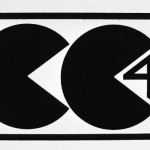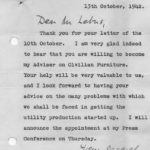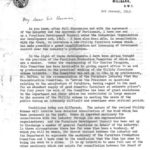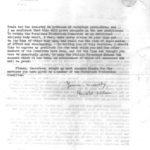By Mustafa Suleman
During the Second World War timber for furniture making was scarce, demand was high due to the losses of housing caused by bombing. The Government’s board of trade, led by Hugh Dalton setup a committee in 1942 to manage the problem. Sir Herman Lebus was invited onto the committee, in order to assure that available resources were used in a sensible way.
The same logo was used for utility furniture as had been developed for the utility clothing scheme: two capital letters C’s and the figure 41, for “Controlled Commodity 1941” (which soon became known as “The Two Cheeses”).
The committee produced a number of approved designs, published in the utility furniture catalogue of 1943. The aim was to ensure the production of strong well-designed furniture making the most efficient use of the scarce timber. The scheme was officially closed in 1952, the same year that furniture rationing ceased.








I am wondering if a piece of Lebus furniture that I have is a CC41 cheaper version or if it is indeed as I think the more higher quality earlier version.
Where would I find the CC41 marking if it had it?
thanks
Carolyn
I bought a bedside table this weekend from a junk shop in Suffolk. It has an unusual ridged drawer and on the bottom is the CC41 Utility stamp and a logo with HL in a serifed font and illegible words within a circle. I think the figure 604 is under the CC41 but it’s very faint. With a bit of internet detective work I came across this website and I think my table is a Harris Lebus. Does anyone have any thoughts? Coincidentally, although I bought it in Suffolk I actually live in North East London, about 10 minutes drive from Tottenham Hale!
My grand-father worked at this factory. His name was Louis Vincent Napier. He was a skilled cabinet maker. He also helped build mosquitos. He was always proud that he had kept his fingers, there were no guards on the machines in the factory, and many men lost their fingers. When the utility stamp was introduced the factory turned out furniture for soldiers that had fought in the war.(Government instruction) He refused to stamp the furniture that was poorly made, stating that they deserved to have furniure e.g. waldrobes that opened and not faulty as the soldiers had given their lives for their country. He was given the sack, because he protested that furniture was being produced not up to standard. This would explain the difference in standards.
He was very upset, he had a family to feed. However his luck turned around and he then got a job as the cabinet maker teacher at the local technical College. He worked there for ten years, 63 collegues all remarked what a good man he was and talented. Harris Lebus also signed his retirement paper. Harris was part of the Lebus family so it was a complete turnaround from the sacking he received from the other Lebus brother. We have this paper with
the signatures at home, it is part of our family history
I have a wardrobe with CC41 stamped on it. I found it in a foreclosed home in very rural Arkansas in the United States. Protocol for left belongings in a foreclosed home is to take it to the dump or have it destroyed. I have been doing research all night on Harris Lebus (it’s stamped ‘HL trademark’ and has the CC41 to the left of that) and of the furniture he designed. It’s been a very interesting read and real proud of myself for noticing it’s beauty and therefore saving it’s life. It’s a single gentleman’s wardrobe in a tall stance like the Art Deco versions in the 20’s but without the inlay or the curves on the door. Instead it has a series of a tasteful wide scallops carved in the top. It’s really close to what I imagined it looked like from the factory. Thank you for all of the good information on this site. It’s been very helpful. Now if I could just solve the mystery of how it got to the US. These aren’t know here very well or not from what I found find